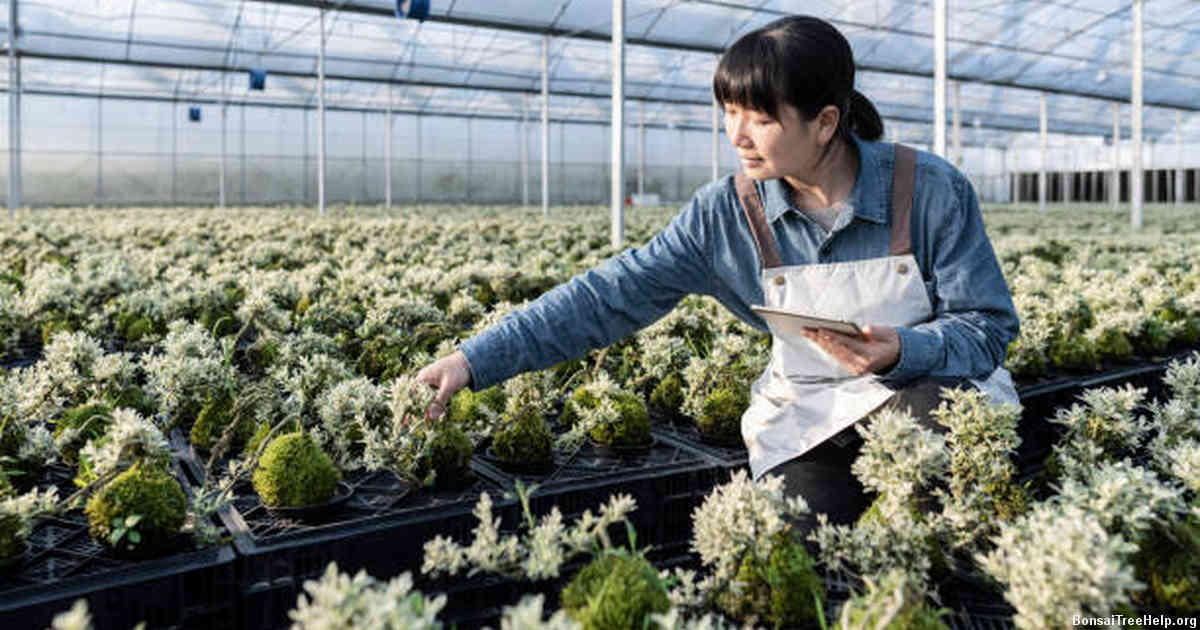
Prune your black pine bonsai in late winter or early spring. During this period, the plant is entering a period of new growth and pruning helps to maintain its shape and promote healthy growth. Start by removing dead, diseased and broken branches with sharp pruning shears. Then thin out overgrown branches, removing those that are interfering with the overall appearance and shape of the tree. This will encourage light penetration into the center of the tree’s canopy, helping it to develop more evenly. Reduce branch length to improve branch taper and give a more aesthetic look to the bonsai’s silhouette.
Contents:
- Before You Begin: Understanding Your Black Pine Bonsai
- Preparing for Pruning: Tools and Materials Needed
- Timing is Key: Choosing the Right Season to Prune
- Techniques for Effective Pruning
- Pruning Tips for Different Areas of your Black Pine Bonsai
- Post-Pruning Care: Essential Steps to Ensure Success
- Common Mistakes to Avoid When Pruning Your Black Pine Bonsai
Before You Begin: Understanding Your Black Pine Bonsai
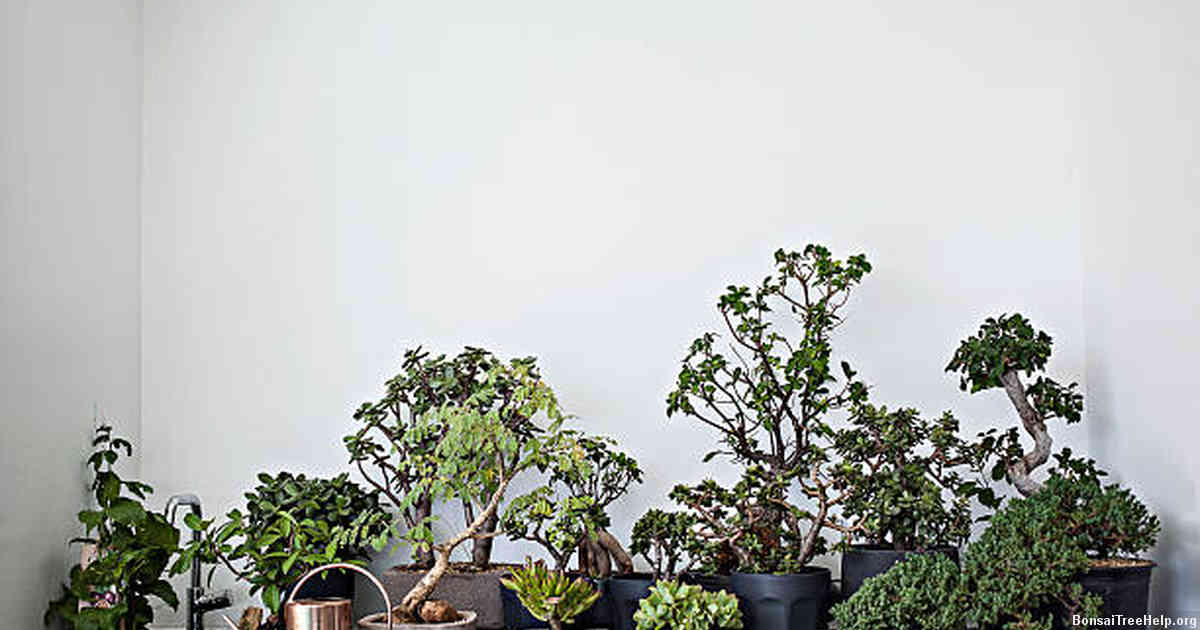
Before attempting to prune your black pine bonsai, it is important to gain an understanding of the unique needs and characteristics of this particular species. With its pyramid shape, long needles and resilient quality, a properly groomed black pine can make a beautiful addition to any room or garden.
To reach your tree’s potential, you must be knowledgeable about what type of soil works best for the species and when watering should occur. Proper attention should also be given to humidity levels as well as light exposure and protection from pests. All these elements are essential in providing nourishment that helps promote growth while keeping your pine healthy throughout the year.
Developing an understanding of how pruning works with different types of branches is necessary for achieving a desired aesthetic look. As such, there are several techniques you can use depending on what branch structure you have with some being better suited than others for specific styles like shohin or multi-trunk displays. Taking into account all these factors prior to starting work on your black pine bonsai will ensure that it stays happy and flourishing over time.
Preparing for Pruning: Tools and Materials Needed
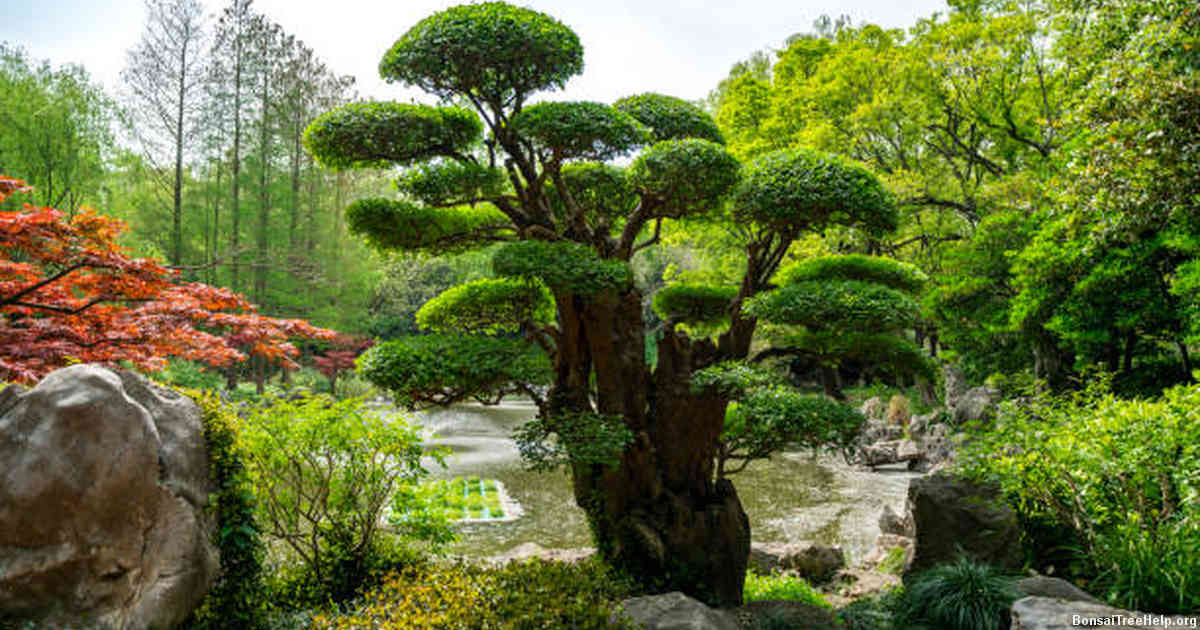
Properly pruning your black pine bonsai requires preparation and the right tools to achieve the desired result. To get started, it is best to gather a few items from your local gardening supply store or online. A good pair of quality scissors is a must for any bonsai project as this will be used to remove leaves and small branches. If you plan on doing heavier pruning, such as removing large stems or thickening up older growth, then larger shears may be required. You’ll want an old towel or cloth handy during pruning in order to clean off excess sap or debris that might come off during the process.
Other important materials include wire cutters (for wrapping wire around limbs), needle-nose pliers (to bend and shape the branches), tweezers (for finer trimming work) and a carving knife (to make larger cuts). All of these items should be available at any major hardware store, so take some time beforehand to properly research which ones are best suited for your job at hand. Depending on how much heavy shaping needs done, it can also be helpful to have saws and angle grinders ready too; however, those should only be used with extreme caution as they are far more powerful than simple trimmers or scissors.
For both safety purposes and convenience when dealing with trees of all sizes, it is wise to invest in either a sturdy ladder or platform specifically made for bonsai caretaking activities such as pruning. With all of these necessary supplies on hand prior to beginning work on your black pine bonsai tree’s structure and form, you’ll enjoy a smoother transition into proper styling – and hopefully produce better results over time.
Timing is Key: Choosing the Right Season to Prune

Pruning a black pine bonsai tree is essential for maintaining the proper health of your beloved greenery. To be successful, you must have a good understanding of the best time to prune them. In general, the ideal season to trim your bonsai is in early spring and late autumn.
In early spring, prior to buds appearing or after they drop off, pruning will ensure that all new growth goes in the direction desired by helping set-up ramification as well as reduce any branches that may create an awkward shape when fully leafed out later on in the year. During this time there are more visible features such as scars, deadwood, knots and jin which can be worked on; This will increase depth and character while sculpting a desirable silhouette from winter’s dormant style.
On the other hand, late autumn leaves plenty of time for recovery as many types of trees enter into dormancy around this period. When plants cease further development or stop growing altogether it offers an opportunity to train without affecting growth too much. The primary focus at this stage should be manipulating branch structure with slight reductions in foliage pads instead of eliminating larger sections because those areas may struggle before winter arrives. After getting accustomed with how your tree behaves during certain times throughout its growth cycle then you’ll realize why timing is key when deciding when to prune your bonsai tree.
Techniques for Effective Pruning
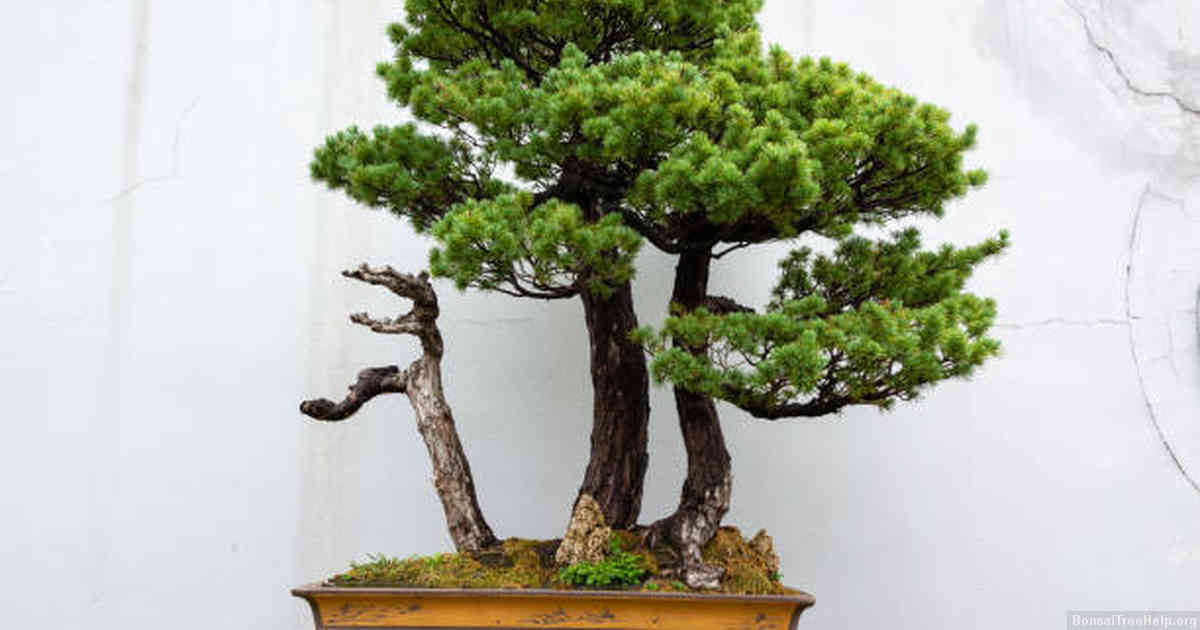
As pruning is one of the most important aspects of caring for a black pine bonsai, understanding the necessary techniques can help ensure success in achieving a healthy tree. It’s important to know when and how much to prune so as not to damage your tree. This includes knowing what tools are best to use and where on the tree they should be applied.
When it comes to trimming your black pine bonsai, a pair of shears or scissors is typically used. Trimming should be done carefully by cutting small sections at a time – avoiding unnecessary trauma that could harm your tree if too much is removed at once. Pay attention to areas that need thinning, such as where foliage has become overly dense or grown out-of-shape due to incorrect positioning of branches or stems. Also look for deadwood which can stunt growth, cause disease and ultimately reduce the overall health of your bonsai.
At certain times throughout its growing season, like during spring and summer months when buds are forming, more rigorous pruning may be needed in order for you achieve desired results from your tree’s shape and design. Make sure that you observe all aspects of plant growth before making drastic changes in terms of pruning since any mistakes made here could greatly affect future development of your bonsai’s structure and foliage production – making this an important step in proper care taking of one’s bonsai.
Pruning Tips for Different Areas of your Black Pine Bonsai
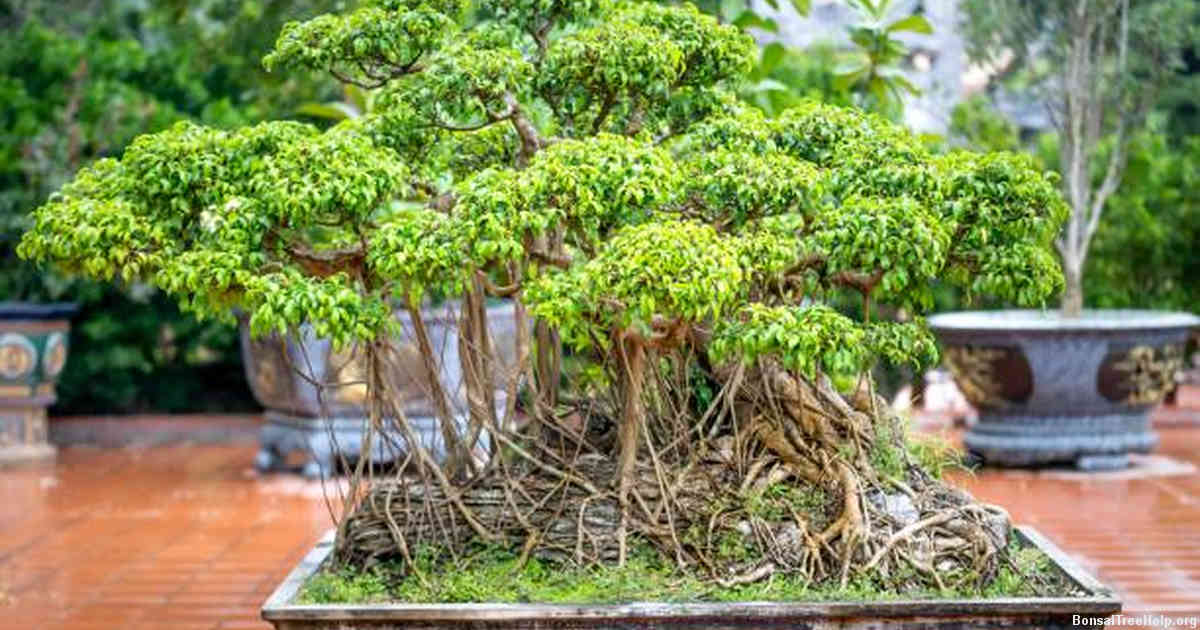
When it comes to caring for a black pine bonsai, pruning is an important part of keeping the tree healthy and attractive. Pruning should be done on both young and old black pine bonsais to help keep its shape and size in check. Different areas of your black pine bonsai will require different pruning techniques, so make sure you are familiar with the basics before beginning.
First off, if your black pine bonsai has been recently transplanted or purchased from a nursery, it’s important to trim any weak branches right away. This will encourage new growth and help shape the tree into the style you want it to have. Once that’s taken care of, begin shaping any limbs or shoots using wire as needed. Wire allows you to bend trunks or limbs gently into position while they grow so they reach the desired shape without stressing them too much.
When it comes time for major pruning seasonally – usually twice yearly during winter dormancy – use sharp pruners and shears to remove dead wood safely without damaging the structure of your trees. If there are some branches that just won’t fit properly in your design idea despite all attempts at wiring and minor pruning then go ahead and do a heavy duty trimming session. But remember not all branches need removal; just those with scarred bark, poor positioning or damaged leaves can safely be removed from your tree with minimal risk of injuring it further since these branches aren’t contributing very much anyway.
Post-Pruning Care: Essential Steps to Ensure Success

When it comes to post-pruning care for a black pine bonsai, the success of your pruning session may depend on taking certain essential steps. To guarantee a vigorous and healthy growth, proper attention is needed in order to maintain the vibrancy of the tree and its overall aesthetic.
One key factor that should not be overlooked is a consistent fertilizing regime. After pruning a black pine bonsai, it’s important to feed with balanced nutrients regularly throughout the season to promote lush foliage and robust new branches. A fertilizer containing phosphorous helps stimulate root growth while aiding in healing any damaged tissue or injury caused by trimming back too hard during pruning.
Providing adequate sunlight is also an essential step when taking care of your recently pruned black pine bonsai. In most cases, 4-6 hours of direct sun each day is considered ideal for most species of pines; however, more sunlight will likely be necessary depending on how much was trimmed off during pruning as well as other environmental factors such as surrounding trees and available sunlight exposure. If further stimulating branch development is desired–such as getting shorter internodes on new shoots–supplemental light can help with this goal by promoting stronger outward growth from buds at node points instead of upwards vertical stretching.
Common Mistakes to Avoid When Pruning Your Black Pine Bonsai
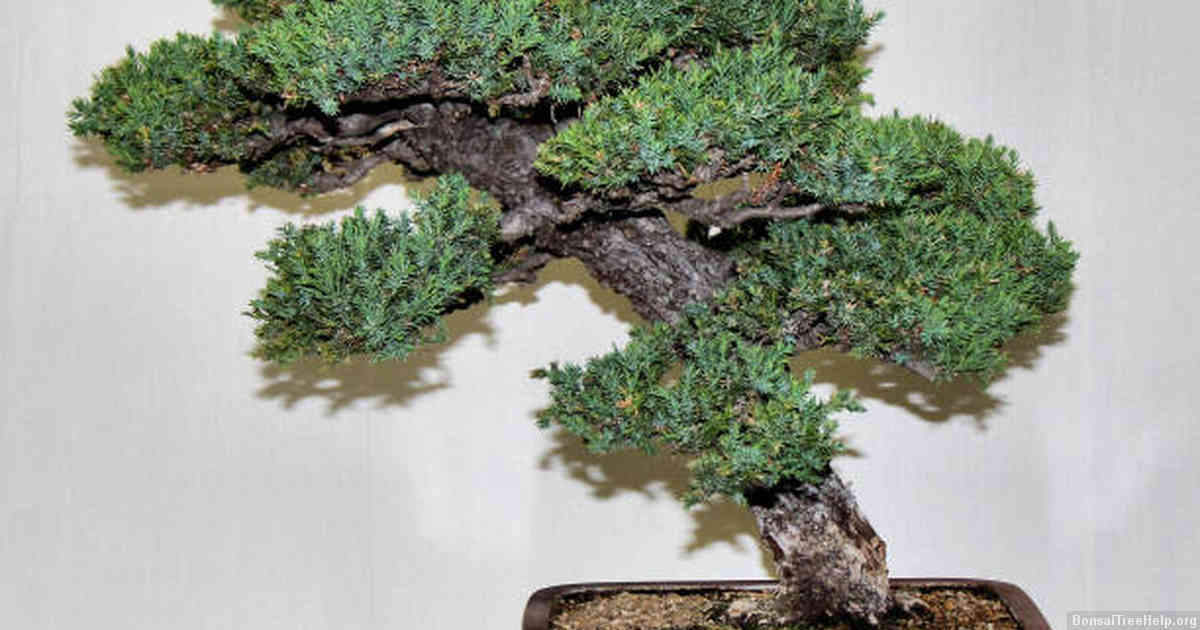
Despite the common misconception that pruning bonsais should be done with regularity, this is not necessarily true for black pines. All too often, novice bonsai owners make the mistake of trimming their tree far more than it needs in pursuit of a neat and tidy aesthetic. Unfortunately, as with all things in gardening, pruning can have severe consequences if performed improperly or at an inappropriate time of year.
To avoid such issues when dealing with a black pine bonsai, timing is key. Pruning should only occur during its active growth period between May and September while avoiding midsummer when the shrub goes dormant and its sap flow slows dramatically; doing so will create stress on the plant leading to a weakened root system which could potentially cause death.
Bonsais are delicate creatures and take great patience to cultivate properly – something which must always be kept in mind before tackling any pruning task no matter how minor it may seem at first glance. For example, one should never rush into cutting back large branches without making sure there is adequate foliage left behind afterwards otherwise energy produced from photosynthesis will become severely stunted thus stifling future growth. Attention must also be given to the specific shape of a black pine’s canopy when trimming since overly deep cuts can result in dead patches instead of producing aesthetically pleasing results as desired by most gardeners.
Leave a Reply